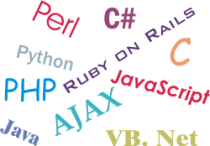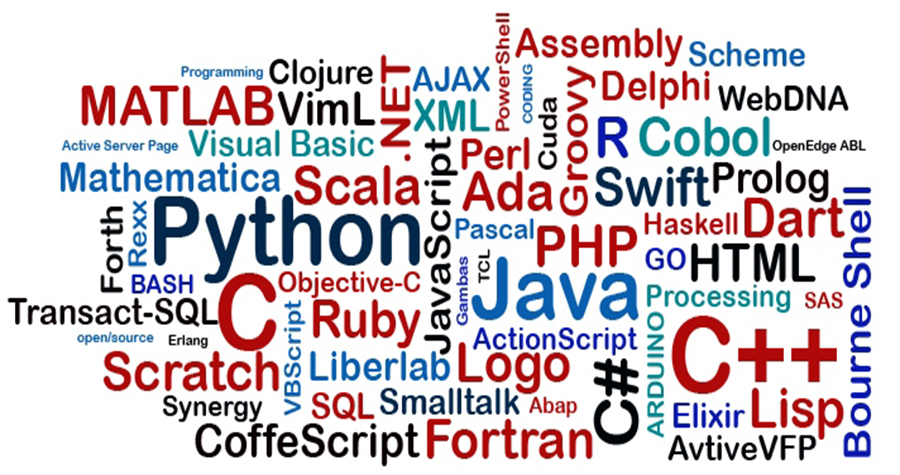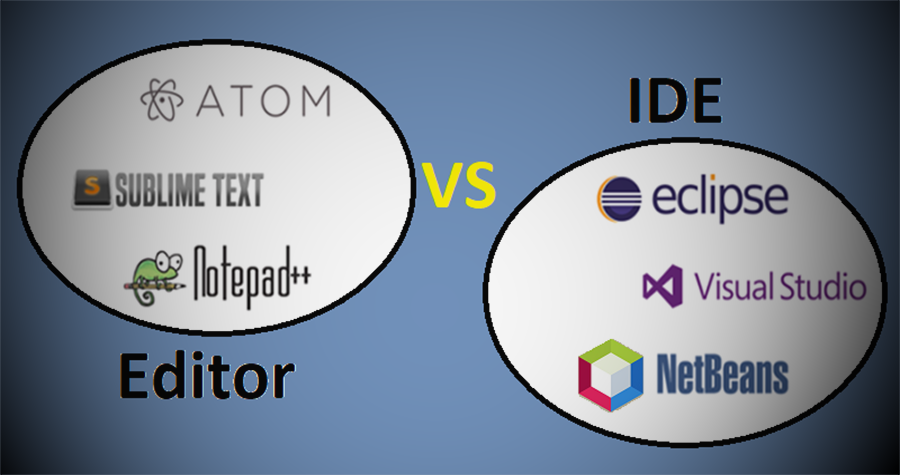The world of computing is very broad and is made up of different branches. One of its fundamental branches is related to the programming of computer equipment, as this allows the development of the others. In this article we will explain what programming languages are, their types, and different classifications.
What is Programming?
Programming is the implementation of an algorithm in a programming language to give instructions to a computer, resulting in a computer program capable of being executed by a computer.
What is a programming language?

A programming language is a finite set of symbols (reserved words, operators, and signs) and a grammar through which routines made up of instructions can be created to be executed by the computer. The routines created with programming languages are called computer programs or software. A programming language enables communication between humans and machines. To do this, the source code is written which, through compilation or interpretation processes, the computer interprets and as a response, the performance of a specific action or result is obtained. There are many types of programming languages.
What are the types of programming languages?
There are three types of programming languages. Below, we explain each of them.
1st Machine Language:
It is the programming language that the machine (computer) directly understands. This programming language uses the binary alphabet, that is, 0 and 1. It is extremely complex for humans to understand.
2nd Low-level programming languages:
They are much easier to use than machine language, but they depend a lot on the machine or computer as was the case with machine language.
3rd High level programming languages.
High-level programming languages are easier to learn because they use natural language words or commands, usually English.
Programming languages are generally divided into two main groups based on their command processing:
- Imperative languages: In these languages, programming is done using a series of commands, grouped into blocks and composed of conditional commands that allow the program to return to a block of commands if the condition is met. These were the first programming languages in use and many modern languages still use this principle today. However, structured imperative languages lack flexibility due to the sequentiality of instructions.
- Functional languages: Functional language, also called procedural language, is a language that creates programs using functions, returns a new result state, and receives as input the result of other functions. When a function calls itself, we talk about recursion.
Programming languages are also classified according to their way of implementing it , these can be Interpreted or Compiled.

Interpreted: A program written in an interpreted language requires an auxiliary program called Interpreter, which executes the instructions from the program’s source code directly. Examples: PHP, JavaScript, Python, Perl, Ruby
Compiled: A program written in a compiled language is translated directly into machine language using an accompanying program called Compiler, which in turn creates a new independent binary file that does not need any other program to run. This file is called executable. Examples: C, C++, Pascal, Object Pascal (Delphi)
Intermediate Languages: Some languages belong to both categories since the program written in these languages can, in certain cases, undergo an intermediate compilation phase. In a file written in an intermediate language (Bytecode), different from the source file and not an executable binary. So an interpreter would be required. Examples: Java, C#
As time has passed and as technology has advanced, new programming languages have emerged.
Classification of programming languages according to the generation to which they belong
- First generation: machine language and assembler.
- Second generation: the first imperative high-level programming languages (FORTRAN, COBOL).
- Third generation: they are imperative high-level programming languages but much more used and current today (ALGOL 8, PL/I, PASCAL, C, MODULA).
- Fourth generation: used in database management and management applications (NATURAL, SQL).
- Fifth generation: created for artificial intelligence and natural language processing (LISP, PROLOG).
High-level languages are also classified according to the point of view of working with programs and the philosophy of their creation:
- Imperative: among them we have Cobol, C, C++, Pascal, Delphi, Ada.
- Declarative: Lisp and Prolog.
- Problem-oriented: these are specific languages for management.
- Natural programming language: these are the new languages that aim to bring the design and construction of programs closer to people’s language.
In future articles we will be talking a little more about the history of programming languages and the main personalities who have stood out in this branch of computing. Follow us on our social networks for more information.
If you want to know what tool you should use to program, you can see the following article:






